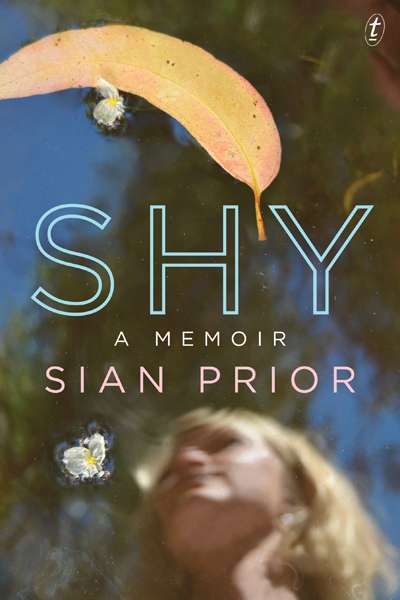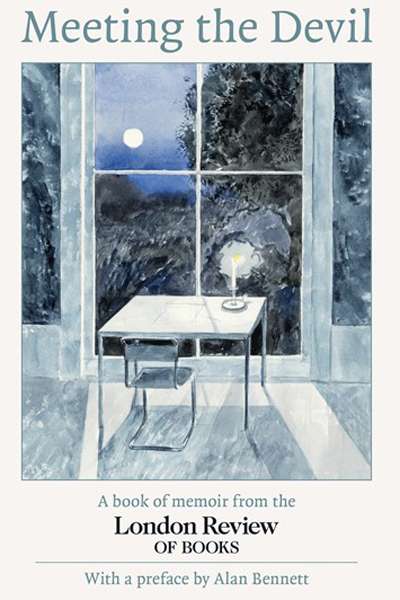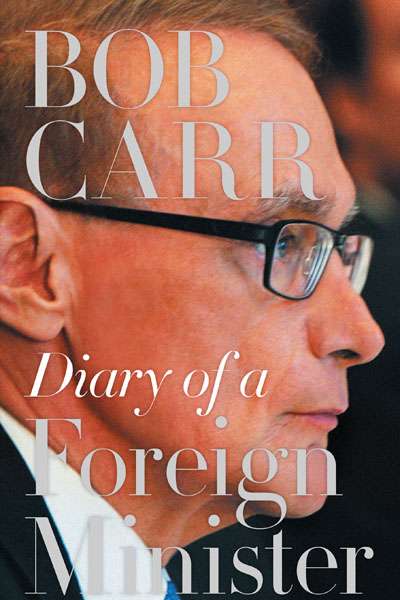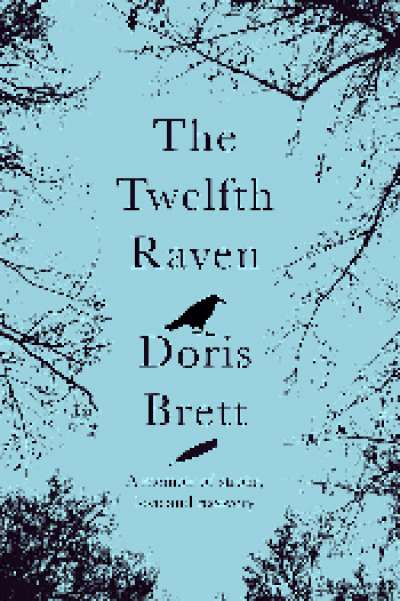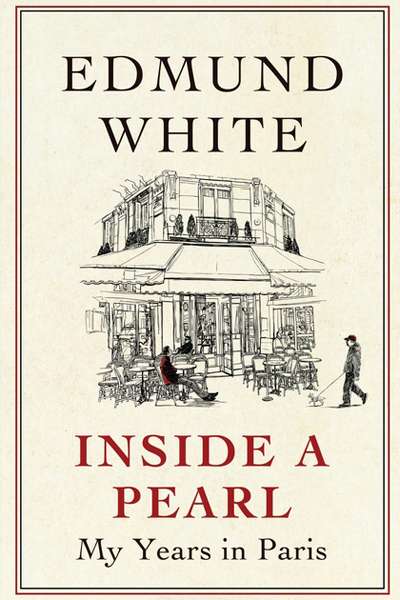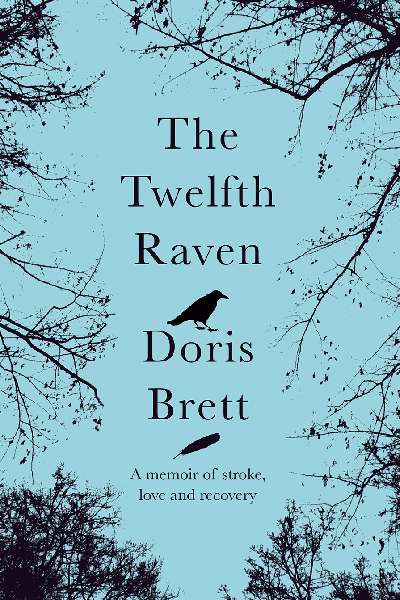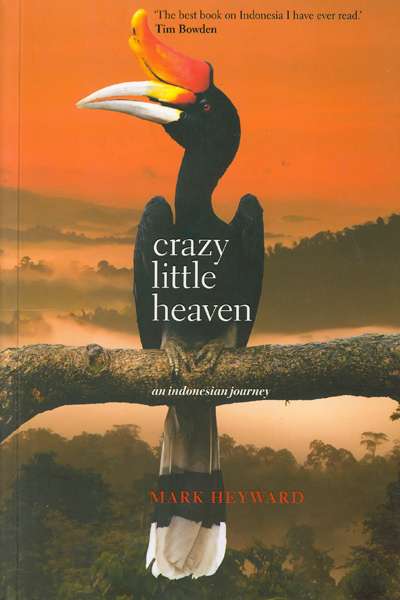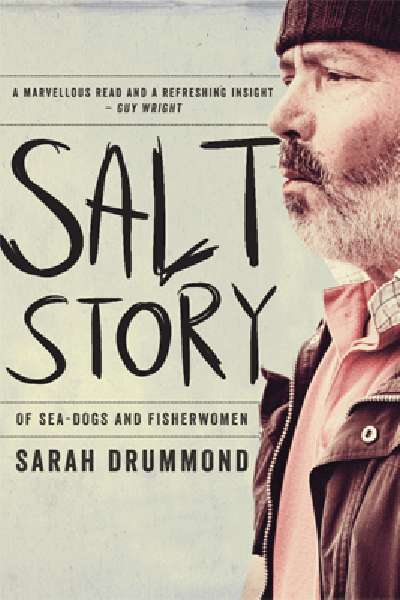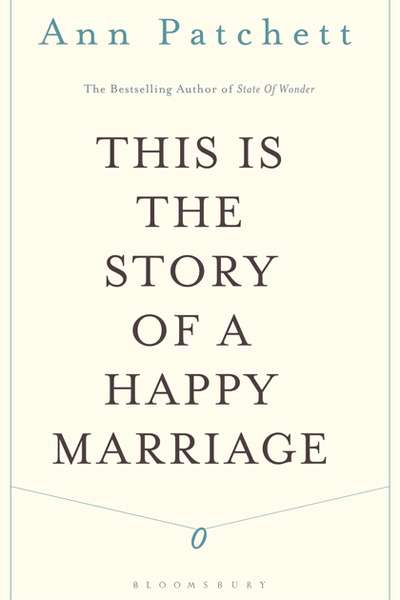Memoir
In Iris Murdoch’s novel, The Sandcastle (1957), a young artist called Rain Carter is commissioned to paint a retired schoolmaster, Demoyte, an eccentric with an offbeat sense of humour. Instead of his usual attire – a shabby red velvet jacket with tobacco stains and bow tie – Demoyte turns up ...
... (read more)Meeting the Devil: A book of memoir from the London Review of Books edited by London Review of Books
by Ann-Marie Priest •
Crazy Little Heaven: An Indonesian Journey by Mark Heyward
by Jay Daniel Thompson •

